In this black and white photomontage, a telephone booth, similar to those that punctuated North American cities in the 1970s, is crammed with large boulders. The inspiration for this work came to Sullivan in a dream, in 1973, which she jotted down in one of her notebooks. In the dream, a woman walked and ran around the outside of a house, attempting to get in. She reached for its windows but they were too high or blocked. She attempted to open its doors, but none of the keys she held fit the locks. She continued trying, on and on, because she knew the house was her home.
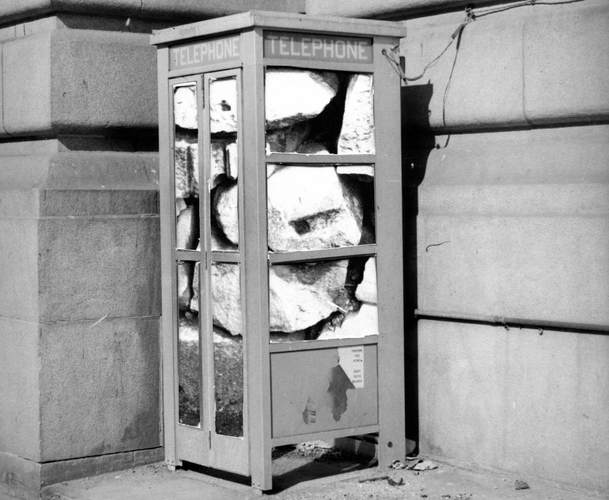
Black and white silver print and collage, 50.8 x 33 cm, collection of the artist
Sullivan worked through the idea of a blocked house repeatedly, with variations, in different media. From 1976 to 1979, she created a series of photomontages from pictures she took of houses and other structures. Blocked Phone Booth belongs to this series. The phone booth was chosen because its walls and door are made of glass and therefore clearly reveal the boulders that fill it, suggesting blocked communication.
In 1977 and 1978 Sullivan developed performative approaches to the same idea. She painstakingly filled the open doors and windows of abandoned houses she encountered during her European travels with rocks of various sizes until the apertures were completely blocked, and then she set out to unblock them.
The photographs, photomontages, and performances show how Sullivan’s conceptual art practice functioned through repetition, allowing the artist to work through an idea and elaborate different visual solutions.
This Spotlight is excerpted from Françoise Sullivan: Life & Work by Annie Gérin.
 Stitching the Archives
Stitching the Archives
 A Working-Class Hero
A Working-Class Hero
 Imagining Entangled Futures
Imagining Entangled Futures
 Bridging Far and Near
Bridging Far and Near
 Soft Power
Soft Power
 Imagining Emancipation
Imagining Emancipation
 A Priceless Portrait
A Priceless Portrait
 Meditation in Monochrome
Meditation in Monochrome
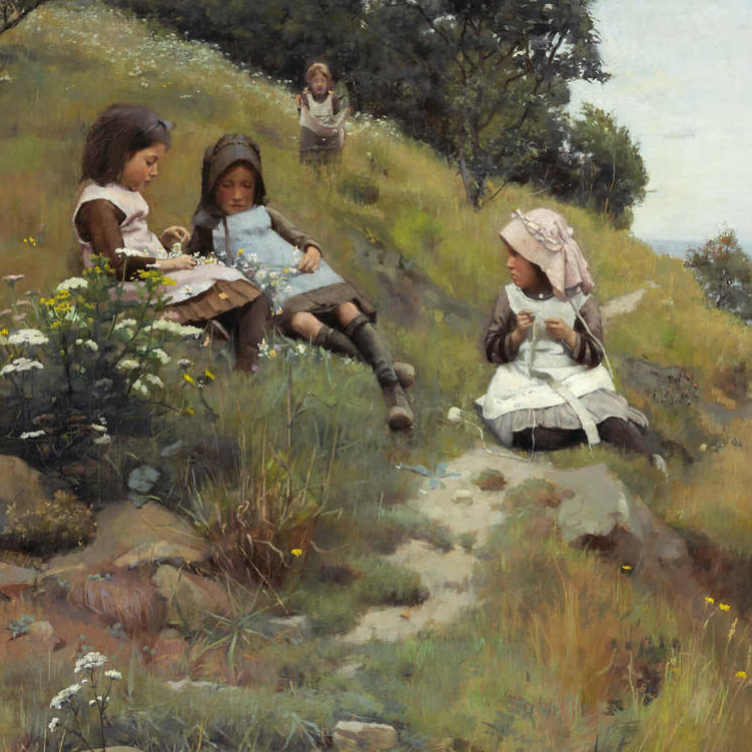 Making His Mark
Making His Mark
 Honour and Sacrifice
Honour and Sacrifice
 A Monstrous Vision
A Monstrous Vision
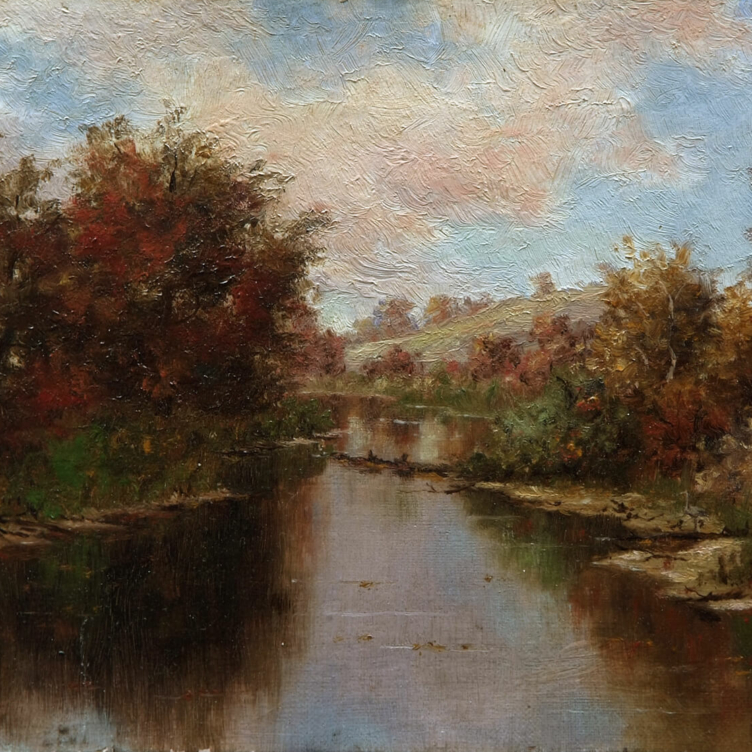 Remote Beauty
Remote Beauty
 Pride and Resistance
Pride and Resistance
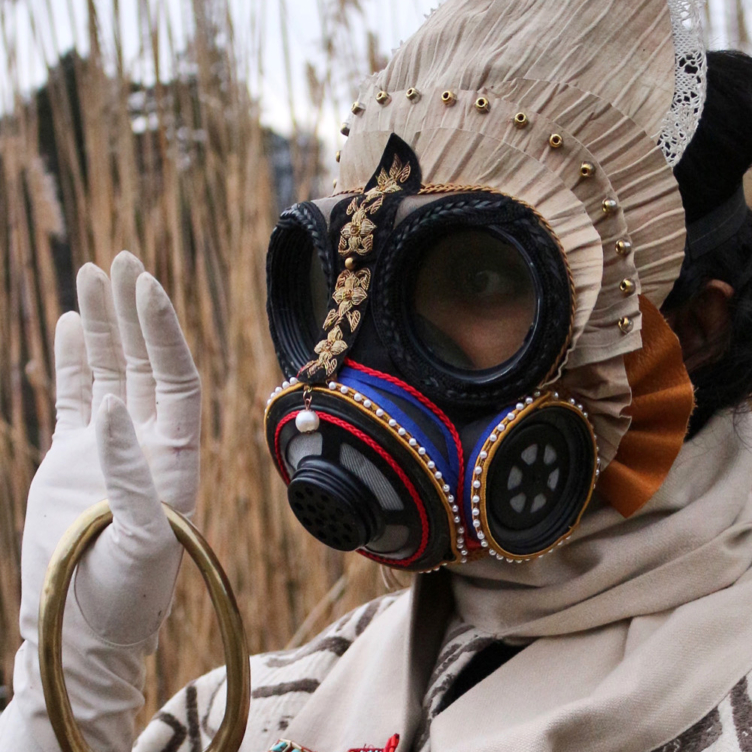 Dressed for Danger
Dressed for Danger
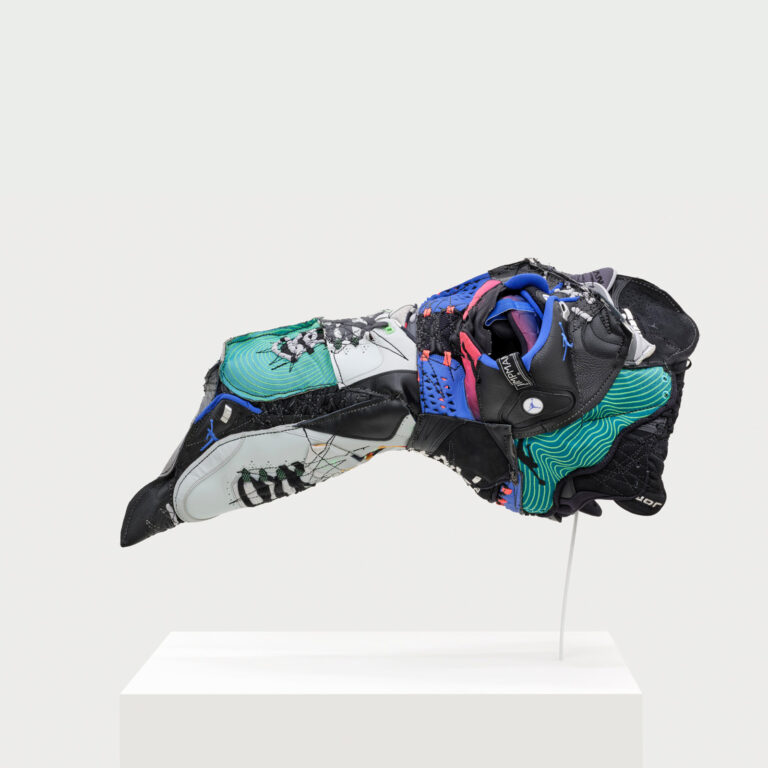 Masks from the Past
Masks from the Past
 Lessons from the Land
Lessons from the Land
 A Cultural Hero
A Cultural Hero
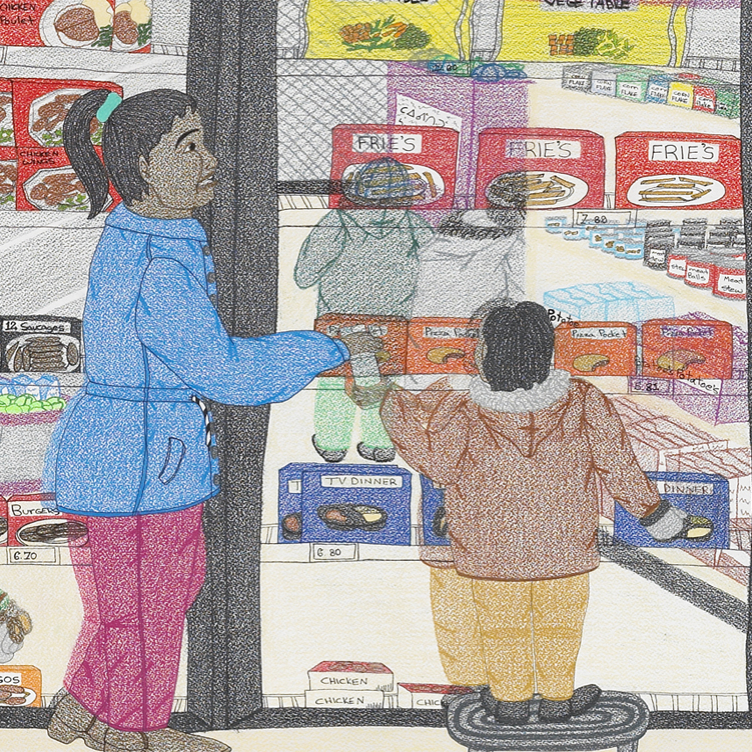 Food for Thought
Food for Thought
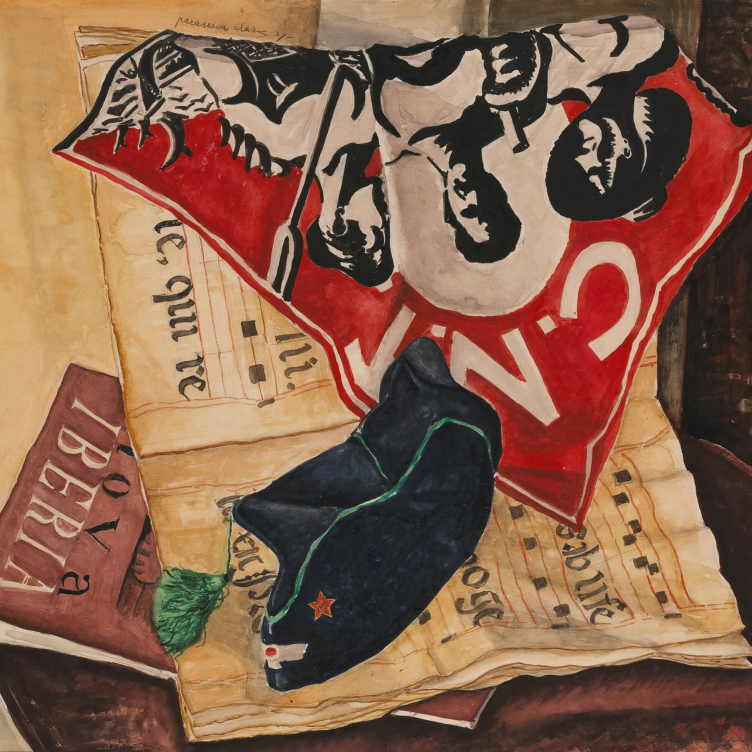 A Passion for Activism
A Passion for Activism
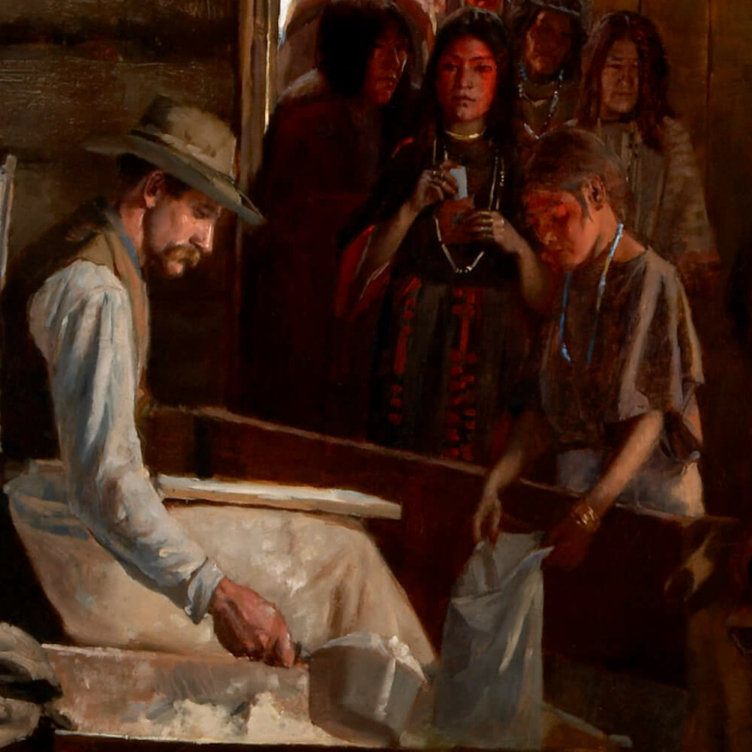 Starvation and Scandal
Starvation and Scandal